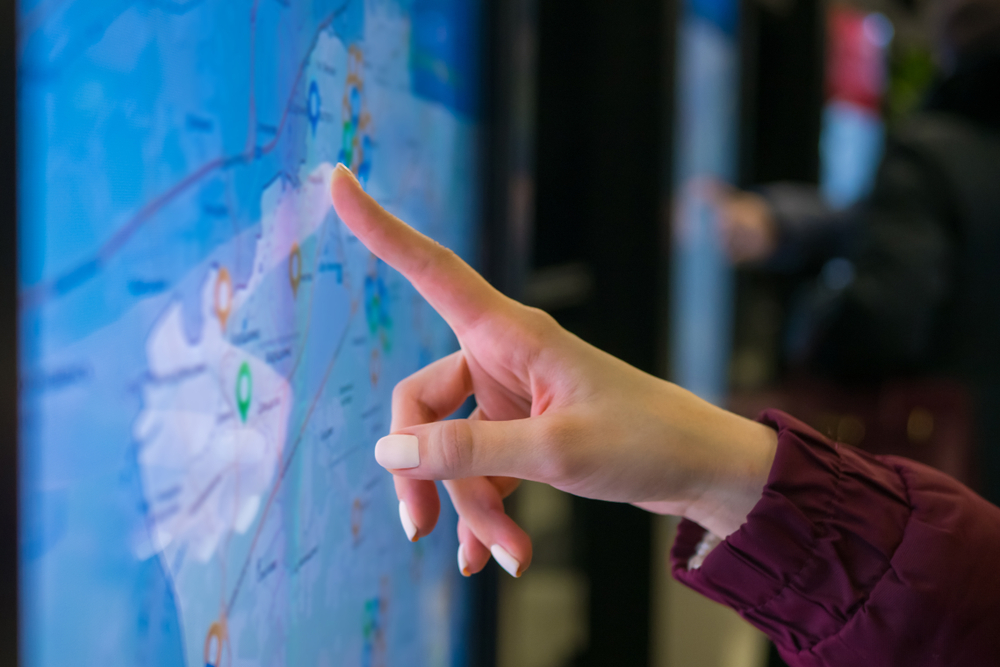In an age when everything from phones to TVs to homes is ‘smart’, smart cities stand out as the most ambitious of all such data-fuelled, connected concepts.
It’s a simple matter of scale. Something like a smart refrigerator, for example, might use a limited array of sensors to detect when you are running low on milk, and then automatically place an order with your local milk delivery service.
In a smart city, you’re talking about a metropolis-sized deployment of sensors to do everything from switching off streetlights when they are not needed to varying traffic management systems in line with vehicle volumes and flow, to integrating CCTV surveillance with first responder and security communication systems.
While a smart city is in truth a broad ecosystem of interconnected technologies, the overarching principle is the use of ICT to automate and improve the efficiency of public infrastructure management.
Self-service public information
Another strand of this urban digital matrix is providing citizens and visitors with useful and timely information as and when they need it. That’s where smart city kiosks come in.
A smart city kiosk is essentially a public information system. Kiosks are widely deployed as information touchpoints in a wide variety of settings because they provide a convenient, user-friendly internet interface that is well-suited to public spaces. A smart city kiosk is at its core simply an information kiosk deployed to provide access to and information on municipal services and amenities.
Touchscreen kiosks are an increasingly common site in public spaces such as parks, retail precincts and public transportation hubs. They offer users a variety of ways to access information and interact with digital systems linked to public amenities.
One of the most common uses of a smart city kiosk, for example, is wayfinding. Members of the public can stop at a kiosk to access interactive maps of the local area and look up directions to chosen destinations, or access real-time information about public transportation schedules and plan journeys.
From wayfinding to entertainment
Smart city kiosks can also be used to provide a range of public safety services. They can provide users with emergency assistance and information in the event of a natural disaster or other emergency situation. They can be equipped with sensors and cameras that can detect suspicious behaviour and alert authorities if necessary.
Increasingly, public authorities are pooling their resources to provide single points of access to all services. So information kiosks located in libraries, civic buildings, job centres, hospitals etc can all be used flexibly to look up everything from clinic times to job training opportunities, book appointments or access assistance.
Smart city kiosks can also be used to provide a range of entertainment and cultural services. They can be equipped with interactive displays and multimedia content that showcase local history and culture. They can also be used to provide access to digital libraries and other educational resources.
Public kiosks are also an important tool for collecting data about the usage of public services and facilities. They can be equipped with sensors and cameras that can detect foot traffic and other usage patterns. This information can be used to improve the design and management of public spaces and services.
All in all, one of the key benefits of using kiosks as part of the broad smart city matrix is that they can be customized to meet the unique needs of each city. A kiosk itself is a highly agile tool. What it provides access to, the content it runs and the services it is linked to can be tailored completely to the priorities of every location.




